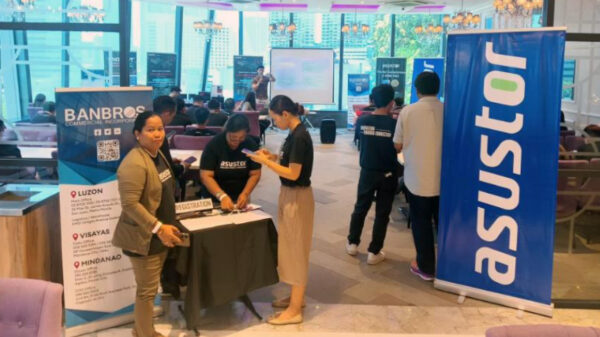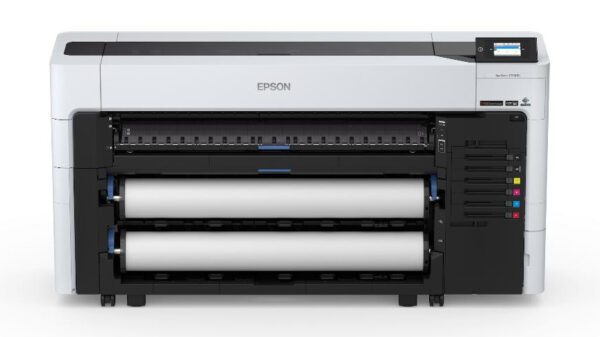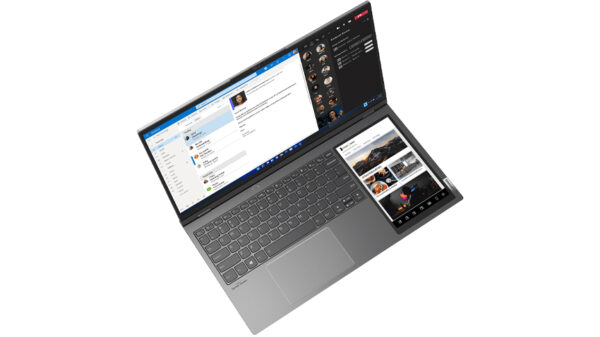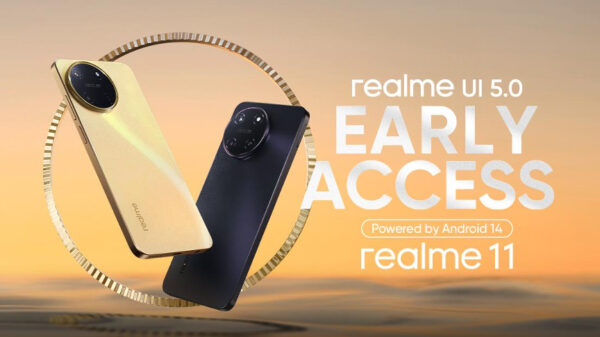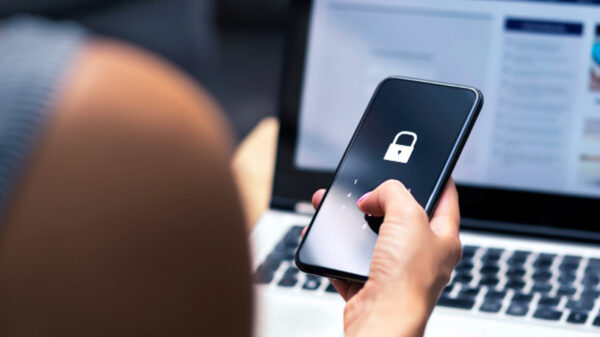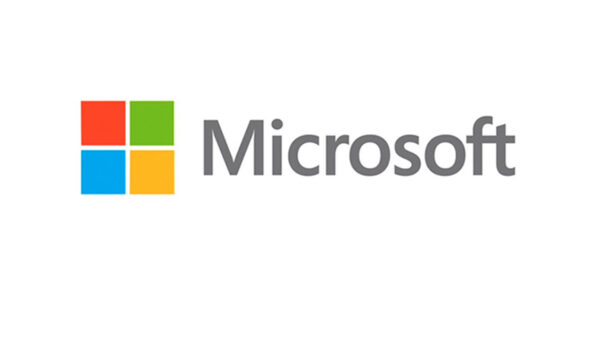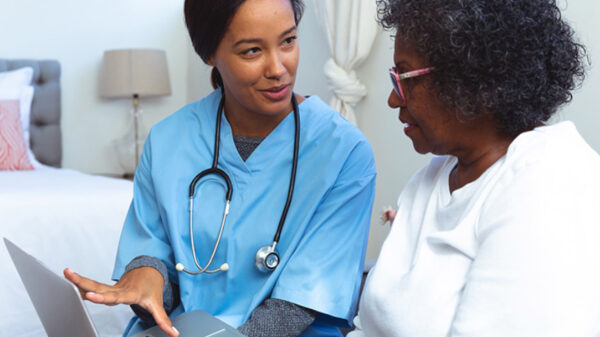By Raja Patel
Senior Vice President of Products, Sophos
Today’s cyberthreats are becoming too complex for many organizations to defend against on their own. Nationwide cybersecurity workforce shortages further complicate the challenge, increasing risk and exposure to potential attacks for those without the necessary, on-demand resources.
This new reality requires cybersecurity defenses powered by always-on security teams and integrated threat intelligence. In particular, organizations need skilled threat hunters who can identify in-progress attacks that have circumvented other security controls, and quickly neutralize them.
To keep pace, many organizations are turning to cybersecurity-as-a-service (CSaaS). For some, this means using a cloud-delivered security operations platform managed by their internal resources. Other organizations are outsourcing all security operations to an outside security specialist or leveraging CSaaS to augment their existing security teams’ capabilities—for example, adding support for second and third shifts (security positions for which recruiting and training are notoriously difficult).
The CSaaS model provides organizations with urgently needed defenses without having to develop proprietary tools or grow in-house security teams. With this model, businesses gain access to highly skilled workers they might not otherwise be able to attain, and they adopt a shared responsibility model with an experienced partner.
CSaaS offers the proactive defenses necessary to mitigate attacks—but only if organizations lay the groundwork for a collaborative service partnership.
Understanding Your Security Capabilities and Deficiencies
Business leaders considering CSaaS or questioning the capabilities of their current managed security service provider (MSSP) should first assess their current IT and security standing. This upfront investigation will shine light on gaps or deficiencies that may not align with your enterprise risk management (ERM) requirements.
Any successful CSaaS integration requires a clear understanding of security’s role in your organization. By examining your security tool set as a critical business asset, you can more holistically understand your needs and proficiencies. This is an important first step not only in selecting the right partner, but also in communicating to providers how managed services can work with your existing capabilities.
Organizations need skilled threat hunters who can identify in-progress attacks that have circumvented other security controls, and quickly neutralize them.
As you determine your security needs and lay the foundation for a strategic managed services partnership, here are three vital questions to ask yourself and your team:
- What does our security team look like? In particular, what capabilities does our team have—and what skills are we lacking?
- Do we have business continuity and incident response plans in place, and if so, when were they last updated? Imagine a worst-case attack scenario where our network is down and adversaries are monitoring traditional methods of communication—like corporate email. What do we do?
- What security technologies are we investing in? Is our existing tech stack meeting business needs, or have we made investments in tools that aren’t proving valuable?
Choosing the Right Managed Security Service Provide
Once you’ve determined your security baseline, carefully evaluate security services providers to ensure they complement your unique security capabilities and organizational processes—now and in the future.
For example, if your internal security team needs help responding to active threats, prioritize a partner that provides response capabilities as part of its core managed detection and response (MDR) offering (with many vendors, this service is only available at an additional or hidden cost).
In particular, ask these four questions to any prospective MSSP or to your current managed services partner:
- How do you stay on top of cyberthreat developments, and how is threat intelligence integrated into your services? Attackers are constantly changing tactics, techniques and procedures (TTPs) to evade detection, and you need a provider capable of anticipating attacker behaviors, recognizing evolving attack patterns and communicating threat analysis.
- Can you manage and support our existing tech stack? Specifically, ask whether they can build off of your previous security investments or if they must implement new defensive technologies.
- Are your offerings flexible enough to support our internal growth and changing business needs? A highly capable provider can scale with you as you grow and optimize your security strategy to match business changes.
- What experience do you have working with other businesses in our industry? If the provider works with other organizations in your sector, they’ll have firsthand experience defending against the specific threats you’re facing.
Cyberthreats are quickly accelerating, and cyberdefenses need to follow suit. To mitigate threats and stay operationally agile, lean on CSaaS to deliver human expertise, targeted defensive technology and around-the-clock threat hunting. Even in a rapidly evolving threat landscape, you can ensure you stay competitive—and enable a security model that fuels your growth.
Visit Sophos.com to learn more about Sophos’ portfolio of award-winning CSaaS offerings, including Sophos Managed Detection and Response and Sophos Rapid Response.


